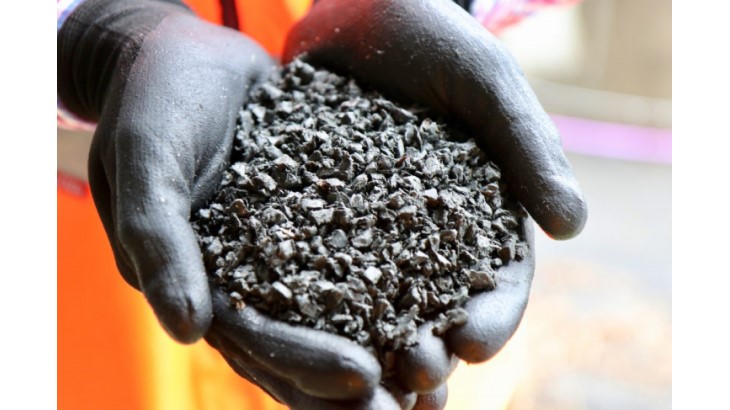Lexmark Blog
Corporate Social Responsibility(CSR)
Why embracing the circular economy in the technology industry is about more than recycling
| By Scott Millington, Director of Annuities, Asia Pacific
Tech manufacturers should select sustainable raw materials and design products for longevity – recycling tech products is doing only half the job.
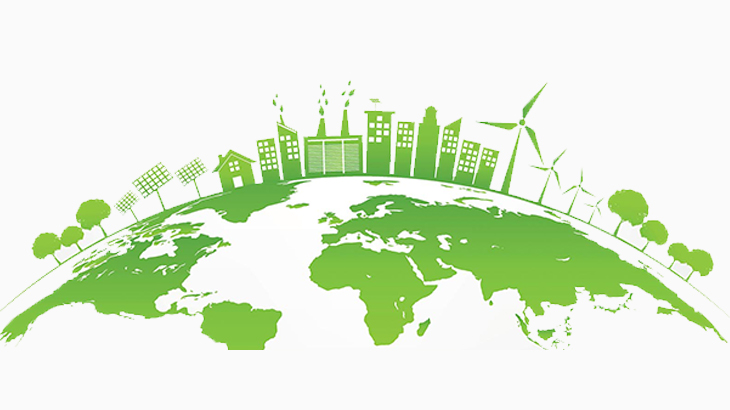
TAGS: Corporate Social Responsibility(CSR), Thought Leadership
Over the past couple of years, many of Australia’s largest and most progressive organisations including Woolworths, Coles, National Australia Bank, Optus, and the NSW and Victoria state governments, have all embarked on large-scale sustainability plans. These include reducing waste, increasing the usage of renewable energy, and others, committing their organisations to net zero carbon emissions into the future. These sustainability and climate change initiatives should be applauded and are in line with the principles of a circular economy. If you’re not sure what that means, here’s a quick recap.
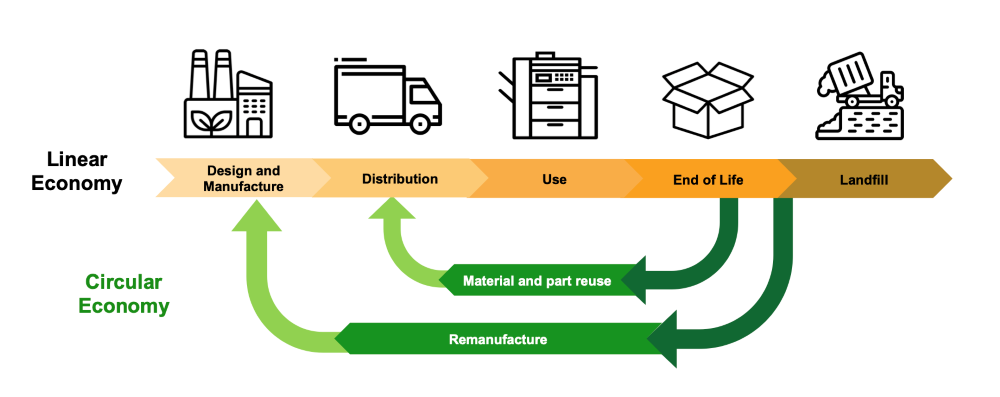
The Ellen MacArthur Foundation, an international organisation dedicated to accelerating this transition, says a circular economy is based on the principles of designing out waste and pollution, keeping products and materials in use, and regenerating natural systems. It is circular because products and materials remain in use for longer, having multiple user-cycles through trade-in, repair, and recycling. This contrasts with the linear economy of ‘take-make-use once for a relatively short time, dispose, replace’, which uses-up irreplaceable raw materials and creates unmanageable amounts of waste and pollutants.
The circular opportunity
Beyond climate change, there are compelling reasons for adopting a circular model. Research by KPMG shows that a future circular economy in food, transport and the built environment could give Australia a $23 billion GDP boost by 2025. A huge economic uplift is anticipated by 2047-48, with the consulting firm estimating that the benefit of a circular economy will rise to $210 billion in GDP and an additional 17,000 full-time equivalent jobs for Australia. This positive forecast can encourage more organisations to abandon their linear approach to materials and resources and fully embrace circularity. New business models focused on reuse, repair, remanufacturing and sharing models also offer significant innovation opportunities.
Embracing the circular economy requires a holistic approach from governments and enterprises, who collectively must move away from the traditional linear, throw away culture. Key to that though, is avoiding waste in the first place. In a circular economy, product manufacturing starts with using only sustainable raw materials and then designs for longevity, which means not only making items to last as long as possible but also making them simple to repair so that the throwaway and buy-new culture is reduced as much as possible. It also designs to enable recycling once they have reached their true point of obsolescence.
Making technology last
The technology industry is particularly noted for its waste as regular updates, upgrades and technology obsolescence means we’re regularly replacing items. Some products last longer than others – monitors for example are typically replaced every 13 years whilst smartphones are replaced every two years. According to Officeworks, electronic waste is growing three times faster than other types of waste, with the average Australian generating 23kg of e-waste each per year.
So, who decides how long a product will be used before it’s thrown away? The reality is that many products fail too soon after purchase and cannot be repaired or recycled. Much responsibility lies with manufacturers themselves as they are designing for single, short-term use with built-in premature obsolescence, instead of designing by circular economy rules.
It doesn’t have to be this way. There is a strong case for building long-lasting technology products that can perform reliably for 7 years or more, with scheduled maintenance performed by certified repairers or, if no commercially viable repair is possible, broken down into reusable parts. The idea that customers don’t care about the lifecycle of the items they buy is losing ground as there is a growing trend in buying from sustainable brands. In fact, nine out of ten Australian customers are more likely to purchase ethical and sustainable products, according to a report by CouriersPlease. At the same time, 85 per cent of consumers want retailers and brands to be more transparent about the sustainability of their products.
The business case for longevity
The bottom line is that longer lasting products are good for business in numerous ways. It starts with choosing sustainable raw materials for both product manufacture and consumables. Sustainably sourced raw materials are less likely to deplete and become scarce over time. They are therefore less likely to become more expensive. Given they are unlikely to eventually run out, we can then avoid other unforeseen environmental consequences, particularly if they contribute to plant and animal habitats or lifecycles.
Then, products designed for durability and longevity are a better business investment in the longer term. Lexmark devices are intentionally designed to perform reliably for seven years or longer, which is well beyond the industry average. They therefore keep businesses running smoothly with reduced disruption caused by replacing or introducing new technologies. Circular- designed products also pass on business savings through reductions in energy consumption, and using technology features like remote maintenance based on predictive analytics and on-demand servicing to ensure they keep working for as long as they should while simultaneously reducing the carbon footprint of the service effort.
Many people think the circular economy is synonymous with recycling, but recycling is only part of the solution. Intentional engineering from the outset ensures products last longer, reduces waste and the need to recycle, which in itself can use up a lot of energy. By all means don’t stop recycling, but if you aren’t making or buying products that are designed to last in the first place, you’re only doing half the job.
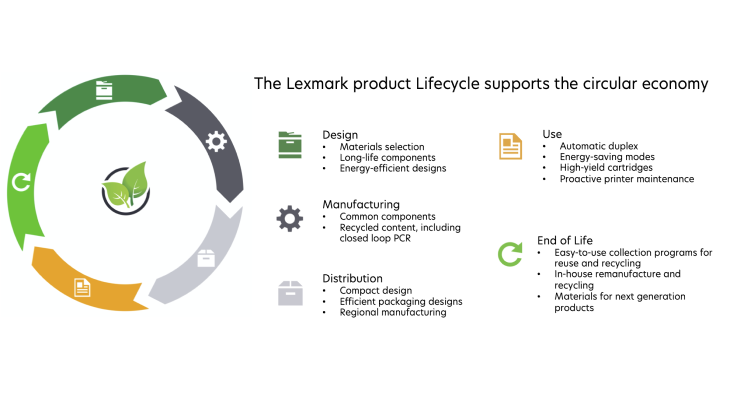
Recycling program completes the job
Lastly, in choosing a technology partner to help drive sustainability initiatives, a sound recycling program, particularly for toner cartridges is an obvious starting point. Not only should these cartridges be generally “recycled”, ideally a closed-loop operation ensures that the toner, cartridge components and materials are reused. In 2020, 72 percent of the cartridges and supplies returned to Lexmark from around the world were reused, with a goal to increase this to 80 percent by 2025. All plastics, including post-consumer recycled (PCR) plastics are pelletised for integration into new parts, diverting all plastic material away from landfill, while developer rollers and photoconductors are reused, saving 14 tonnes of material, 850 cubic metres of water and 15 tonnes of aluminium in 2020.
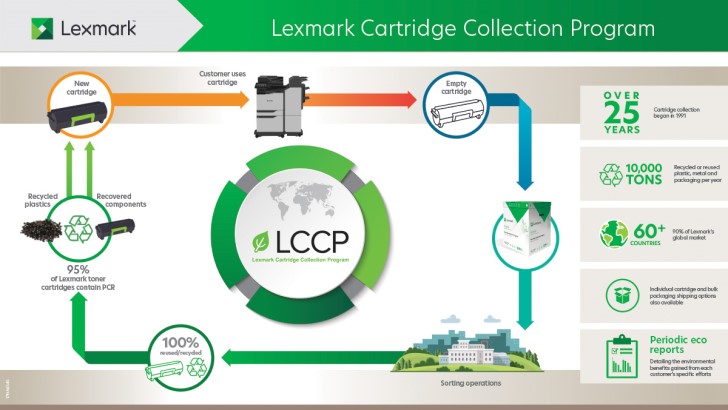
Another important consideration is the reuse of residual toner. While customers are encouraged to ensure their cartridges are completely empty prior to recycling, residual toner can remain and is environmentally hazardous if not disposed properly. Lexmark has worked with our long time sustainability partner, Close the Loop, to collaborate on ways to reuse toner such as the development of an asphalt additive. Combining toner powder, recycled soft plastics and recycled oil, the TonerPlas asphalt additive helps create roads that are better able to resist rutting and cracking at both high and low temperatures. Roads made with TonerPlas last longer, require less maintenance and have a lower carbon footprint – all adding up to a lower total cost of ownership for council and state owned roads.
